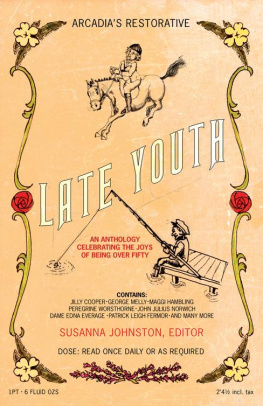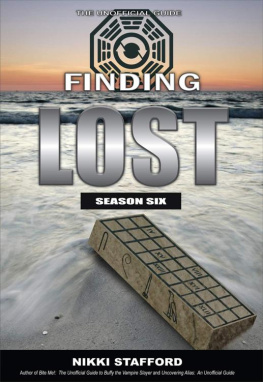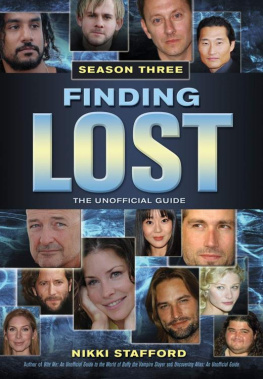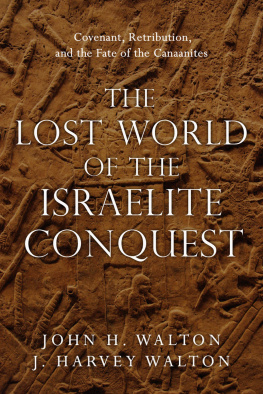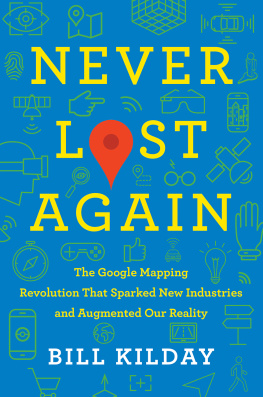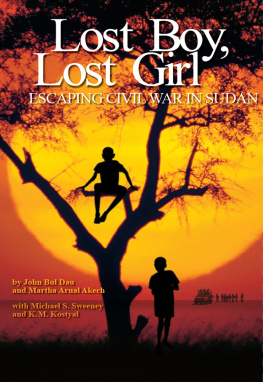THE LOST ART OF FINDING OUR WAY

THE LOST ART OF FINDING OUR WAY
JOHN EDWARD HUTH
The Belknap Press of Harvard University Press
Cambridge, Massachusetts
London, England
2013
Copyright 2013 by the President and Fellows of Harvard College
All rights reserved
Jacket art: French Riviera from Bordighera (etching) by Sir Claude Francis Barry, Bt. (18731970) / Private Collection / The Bridgeman Art Library
Jacket design: Jill Breitbarth
Library of Congress Cataloging-in-Publication Data
Huth, John Edward.
The lost art of finding our way / John Edward Huth.
pages cm
Includes bibliographical references and index.
ISBN 978-0-674-07282-4 (alk. paper)
1. NavigationHistory. 2. Naval art and scienceHistory. I. Title.
VK15.H87 2013
629.04509dc23
2012044083
Dedicated to the memories of Sarah Aronoff and Mary Jagoda
No one is lost... to God
CONTENTS
Only a few years ago you would have sworn the commuter next to you was crazy. He talks into the air, as if to an imaginary friend, while playing with a tiny box he holds in front of his face. His whole world is a bubble two feet around his head. If, by a miracle, you get his attention and ask him questions, he can only answer by manipulating his tiny box. He checks the box and can tell you tomorrows weather, which way is north, and the name of that bright star in the sky. You hide the box, and he becomes helpless. You ask him, Why is it warm in the summer and cold in the winter? By way of explanation, the commuter gestures with his hands in front of his face. His left hand becomes the Sun and his right index finger becomes the Earth as it orbits his fist. He mumbles something about the Earths being closer to the Sun in the summer and farther away in the winter. His voice has a rising inflection that begs your affirmation.
Now lets suppose it is three thousand years ago and you have transported yourself into a fishermans boat, far from land. He sings to himself as he hauls in a net from the sea. You ask him questions about the weather and the sky; he thinks you are crazy but humors you anyway. He confidently rattles off tomorrows weather, points north, and tells you a story about the bright star in the sky. He has no magic box to hide. You ask him, Why is it warm in the summer and cold in the winter? His outstretched arm traces an arc toward the sky, and he says that the Sun takes a high path in the summer, and the days are long; but in the winter the Sun has a low path, and the days are short. His voice has no hint of uncertainty.
Whom would you consider the more primitive of the two: the commuter or the fisherman? As information technology has grown, our ability to perceive and think independently without help from devices may be compromised to the point where we, not our forebears, are the primitive ones. Long before the advent of the Global Positioning System (GPS), our distant ancestors traveled vast distances using what seem to us to be primitive technologies. In many cases explanations for the effectiveness of their systems only arose in the twentieth century; some remain a mystery. Systems of navigation developed by different cultures may not have been based on an understanding of science as we conceive it today, but they made sense, and they worked. While the device-addicted commuter may seem oblivious to and clueless about his surroundings, his ancestors proved that humans can absorb exceedingly subtle environmental clues to find their way.
To many of us, the word navigator conjures up the image of a naval officer on board a ship with a sextant pointed at the stars. But the term means far more than that. Each of us is a navigator; we are constantly finding our way in our environment. The skill set needed to journey long distances is influenced by a number of factorsmode of transport, destination, the environment in which the journey takes placeand depending on the elements involved, different skills come into play, creating what I call cultures of navigation that are specific to the environment and mode of travel. In this book I examine these cultures and the various ways humans are able to navigate, using simple instruments and environmental clues.
Dissecting older cultures of navigation is a challenging task. Navigators, as a group, were not inclined to document their travels. Much of what we can gather about their techniques is based on fragmentary information: archaeological remains and traces of earlier languages, sagas, and chants passed down for generations. Ancient historians have left us narratives, but we ought to view them with appropriate skepticism. Cultures that developed in relative isolation before and even during Western European contact retain many of their traditional navigational schemes. By piecing together our knowledge of cultures of navigation, we can begin to appreciate a kinship we all share in the very human art of way-finding.
My work with students has convinced me that people can develop their own intuitive navigational skills. Many of these techniques, often presented in mysterious nuggets in diverse how-to books used by outdoor enthusiasts and survivalists, are frequently workable schemes, but whose subtleties can only be acquired through experience. What is needed is the time outdoors to allow a learning process. I will try to convey these techniques to you in this book, but there is no substitute for leaving the bubble and experiencing the Sun, the stars, the wind, and the waves. As you become more familiar with techniques of navigation that employ natural phenomena, you will gain an appreciation of the sophisticated skills developed by many cultures in the past.
Three of the most remarkable early cultures of navigation are those of the Norse, of medieval Arab traders, and of Pacific Islanders. Although I will not focus exclusively on these three cultures in this book, I will return to them many times to illustrate the schemes and adaptations I will discuss here.
The Norse began to colonize Iceland in the ninth century AD. According to Norse sagas, when they arrived they found Irish monks already living in established settlements. The monks may have found their way there by following the paths of migrating birds in crude boats called currachs. The Landnmabk (Book of Settlement) describes the first Norse contact with Iceland as occurring because of the accidental drift off course by a sailor named Naddoddr who was sailing between Norway and the Faroe Islands. Subsequent deliberate voyages established permanent Norse settlements in Iceland.
The violent storms and large waves that sweep the North Atlantic make navigating in the waters off Iceland and Greenland a challenge. Also, fog banks obscure the Sun for days at a time. Certainly, life on the open sailing vessels was miserable and exhausting. To sail deliberately to a destination in those waters, a navigator would have to be able to read the weather to gain a favorable wind and construct a vessel capable of sailing into the wind if necessary. Voyages were possible only in the summer months, when, unfortunately, few stars were visible at the high latitudes of Iceland and Greenland. Navigators had to rely mainly on the Sun and other natural signs to gain their bearings.
The first sighting of Greenland, somewhat before AD 1000, also appears to have been due to an accident, when Gunnbjrn Ulfsson, sailing from Norway to Iceland, was blown off course. By legend, Erik Thorvaldsson (Erik the Red) established the first colony in Greenland soon thereafter. A number of settlements along the south coast of Greenland were established but died out around the fourteenth century.
The first documented European sighting of North America also apparently came about by accident, just like the discoveries of Iceland and Greenland.
Next page

